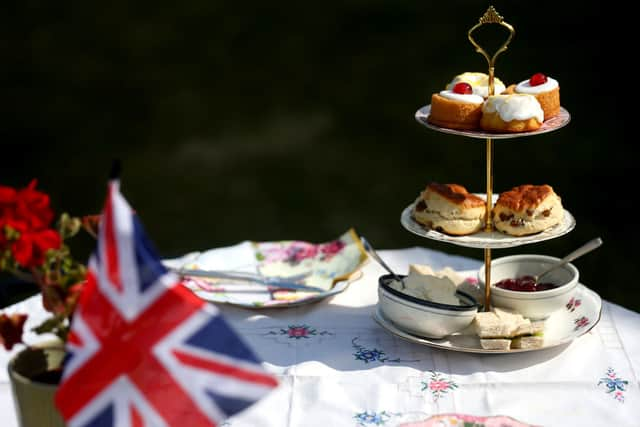Google Doodle celebrates scones to mark anniversary of afternoon tea
and live on Freeview channel 276
To mark the anniversary of the concept of afternoon tea, Google Doodle is celebrating the British delicacy of scones today (June 10). The traditional treat, typically enjoyed with jam and clotted cream, can be found in bakeries across the UK and are now offered in different variations, including cheese or chocolate.
According to Google, a Google Doodle is a special, temporary alteration of the logo on its homepages intended to commemorate holidays, events, achievements, and notable historical figures.On this day back in 1657, the concept of "afternoon tea" was first introduced and offered in London.
Advertisement
Hide AdAdvertisement
Hide AdScones are believed to trace all the way back to Scotland in the 1500s before the treat made its way to the esteemed "royal tearooms." According to the history books, Anna Russell, the 7th Duchess of Bedford, developed a fondness for scones and soon requested them with her daily tea.
The popularity of tea and scones soon grew and during the Victorian era, rich Londoners went on weekend getaways along the southern coast of England to introduce the delicacy to the masses. This led to the term “cream tea”.


Over the years, there have been many debates over whether the treat is pronounced as ‘scone as in gone or scone as in bone’. There are also heated debates on whether cream or jam goes first on the delicacy.
In Cornwall, it is preferred to spread jam first. However, people in Devon opt to use the clotted cream first to separate the jam from the scone.
Comment Guidelines
National World encourages reader discussion on our stories. User feedback, insights and back-and-forth exchanges add a rich layer of context to reporting. Please review our Community Guidelines before commenting.
